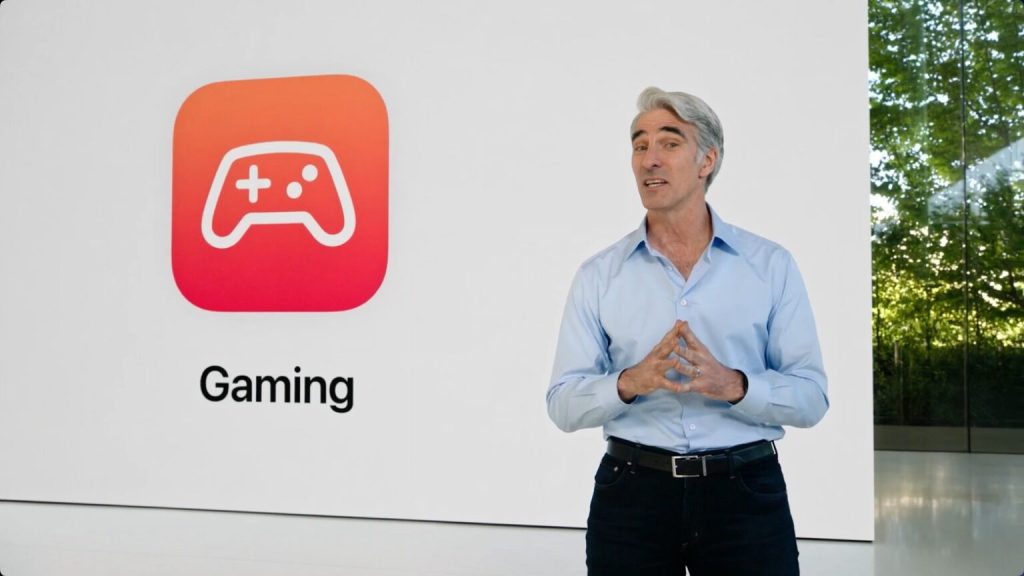In a new interview, Apple officials have dived deep into Apple’s somewhat complicated relationship with games and gamers, and how the performance and efficiency of Apple silicon is changing the narrative.
Speaking to Inverse, Apple’s Mac product manager, Gordon Keppel, says that a more consistent lineup of Macs has enabled “Mac-specific features that you don’t find on every other system,” such as Mac’s high-resolution displays and speakers. “So when I’m sitting in front of a system that is performant, it looks great, it sounds great, it doesn’t get incredibly hot — that is a great gaming experience,” Keppel says.
For the most part, Macs have often been overlooked by game developers and gaming studios. Both found the Mac’s hardware to be limited under Intel processors and the development time not worth the return on investment with the Mac holding a small segment of the gaming market.

Discover new horizons, always connected with eSIM
Travel the world stress and hassle-free with the best eSIM service available. Enjoy unlimited data, 5G speeds, and global coverage for affordable prices with Holafly. And, enjoy an exclusive 5% discount.

When Apple announced the transition to Apple silicon in June 2020, the trajectory of the Mac changed. Game developers and gaming studios have since had access to high-performance, low-latency, and efficient chips across a family of different Macs, and access to development tools like Metal and Game Porting Tool. Those efforts on the hardware and software front have paid off, Kepeel, said.
Now, every Mac that ships with Apple silicon can play AAA games pretty fantastically. Apple silicon has been transformative of our mainstream systems that got tremendous boosts in graphics with M1, M2, and now with M3.
The magic of Apple silicon with gaming wasn’t a mistake, according to Doug Brooks, a member of Apple’s product marketing team. “Before a chip even exists, gaming is fundamentally incorporated during those early planning stages and then throughout development,” Brooks said.
I think, big picture, when we design our chips, we really look at building balanced systems that provide great CPU, GPU, and memory performance. Of course, [games] need powerful GPUs, but they need all of those features, and our chips are designed to deliver on that goal. If you look at the chips that go in the latest consoles, they look a lot like that with integrated CPU, GPU, and memory.
One hallmark feature of Apple silicon is how it’s simplified the architecture for developers and gaming studios. Previously, Intel-based Macs had both integrated and discrete GPUs. Now, Apple silicon chips have integrated GPUs that are on par with some other discrete graphics cards, according to Apple.
If you look at the Mac lineup just a few years ago, there was a mix of both integrated and discrete GPUs,” Martin says. “That can add complexity when you’re developing games. Because you have multiple different hardware permutations to consider. Today, we’ve effectively eliminated that completely with Apple silicon, creating a unified gaming platform now across iPhone, iPad, and Mac. Once a game is designed for one platform, it’s a straightforward process to bring it to the other two. We’re seeing this play out with games like Resident Evil Village that launched first [on Mac] followed by iPhone and iPad.
The M3, M3 Pro, and M3 Max chips are the latest additions to the Apple silicon family and have a particular focus on gaming performance. For the first time on the Mac, the chips have built-in ray tracing, which dramatically makes games look more realistic with more accurate lighting models and geometric renders. The new chips also feature Dynamic Caching.
Dynamic Caching, as described by Brooks, allows the system to only assign the GPU with memory when it’s in demand. Dynamic Caching translates to faster performance and higher frame rates for gamers. The full interview is available here for those interested in diving deeper into Apple’s relationship and history with games and game studios.



